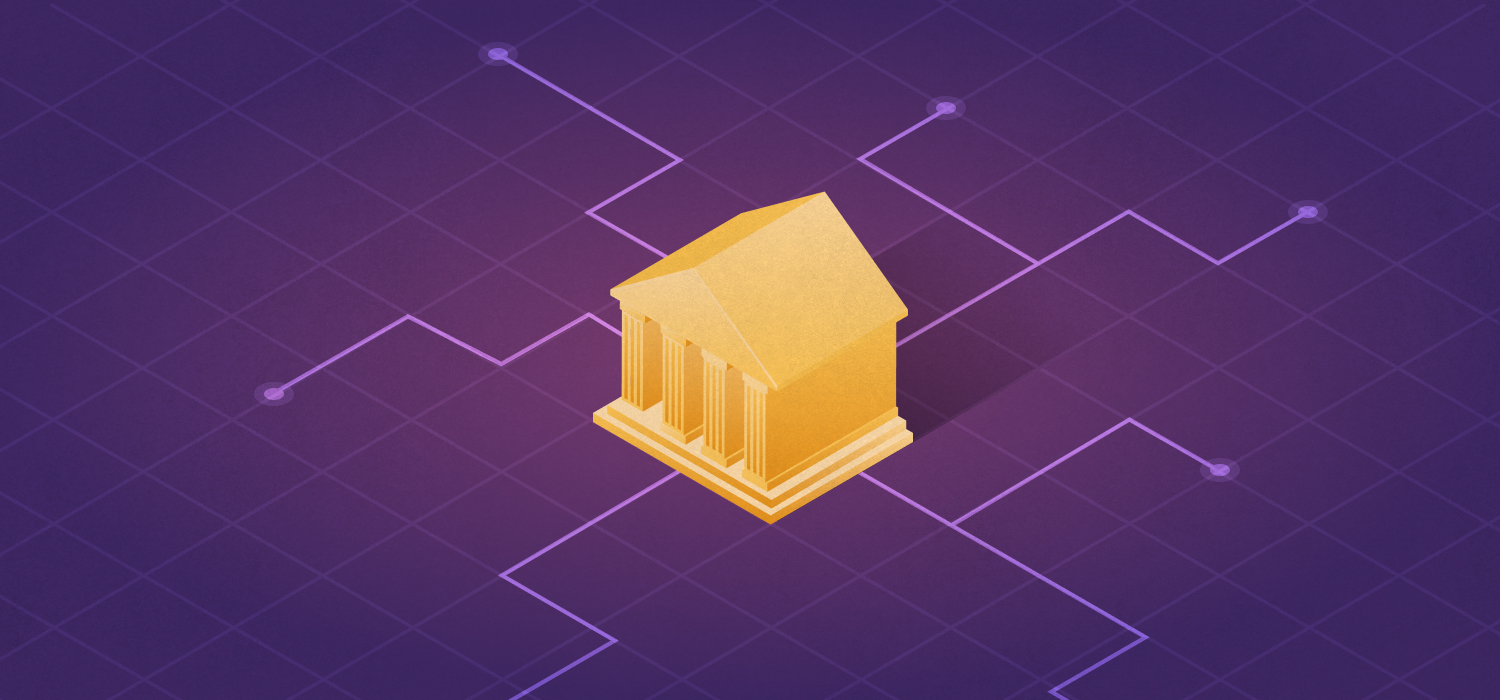April 18, 2024
Enhancing Public Sector OSINT Workflows with AI and Automation

Steve Adams
Product Marketing Manager
Open-source intelligence (OSINT) is crucial for public sector organizations, particularly law enforcement and government agencies, as it can significantly increase case resolutions while bolstering community safety and reducing crime. Traditionally, agencies have relied on manual OSINT techniques to gather vital information from publicly available sources. However, the growing demand for OSINT, coupled with limited resources and the vast volume of data sources, necessitates efficiency through automation.
AI-driven automation has the potential to revolutionize OSINT workflows for public sector agencies, facilitating real-time insights and more efficient investigation methodologies. Leading platforms like Skopenow are spearheading this technological advancement, featuring modern capabilities to streamline information gathering and empower organizations to stay ahead of emerging threats.
Automation in the Public Sector
Across the public sector, automation is becoming increasingly common. By systematizing repetitive tasks, investigators and analysts can reclaim hundreds of work hours annually. This automation not only alleviates the burden of administrative tasks but also enables highly skilled officers and analysts to focus their time on delivering more value to the general public.
Until recently, many public sector organizations relied on manual OSINT techniques to collect publicly available information. However, it’s becoming more and more difficult for intelligence and investigation teams to devote enough resources to operationally support every case. Increasingly, these teams are implementing OSINT automation technology, enabling practitioners to spend less time collecting data and more time analyzing it.
Tackling the Vastness of Data Sources
A core challenge that public sector organizations face is the overwhelming amount of data scattered across the internet. While manual methods sometimes suffice, they are time-consuming and limit the number of cases that can be addressed. AI-driven machine learning can swiftly parse through massive datasets, extracting relevant insights faster and more accurately than humans. This reduces the burden on OSINT professionals and provides opportunities to reliably operate at scale while eliminating errors.
Flagging Relevant Words and Phrases
When a large amount of information has been captured during an investigation, it can take an analyst several days to process it and find the relevant content amongst the noise. Natural Language Processing (NLP) algorithms can swiftly decipher textual information, scanning for and detecting specific keywords, actions, trends, and sentiments. By efficiently analyzing vast volumes of text from various public data sources, NLP empowers investigators to quickly pinpoint every relevant data point, facilitating faster investigations.
Detecting Objects in Visual Content
Another AI-driven OSINT tool is computer vision, which automates the recognition of objects and locations across images and videos, enabling rapid identification of risks such as weapons and locations. While analysts can replicate this process, manually scanning every picture and video posted online wastes time that could be better spent on other mission-critical tasks.
Understanding the “Who” of the Investigation
In addition, identity resolution algorithms help OSINT professionals improve the accuracy of online investigations by reducing false positives. AI-driven identity resolution solutions rapidly distinguish individuals with similar identities, providing a strong starting point that ensures focus on the right person. Identity resolution algorithms can also detect data falsification when a suspect provides inaccurate information in the hopes of avoiding prosecution.
Real-Time Threat and Risk Detection
Much of the OSINT work conducted by public sector agencies over the last two decades has been reactive, focused on pursuing investigations in the aftermath of a crime or major incident. This is because detecting relevant data in the build-up to an incident and taking action is extremely challenging. Fortunately, in recent years, AI algorithms have augmented government teams’ ability to proactively detect emerging threats and risks. Using keywords and locations, these solutions scan commercial and public data to detect the earliest signals of risk across a given jurisdiction, providing alerts to potential incidents that could impact locations, people, assets, or operations.
Automating OSINT Workflows with Commercial Solutions
Context is everything when mitigating public safety incidents and investigating crime. To ensure that they have the data necessary to draw actionable insights, public sector agencies must invest in automated OSINT technology.
Integrating AI-driven automation into OSINT investigations significantly benefits public sector organizations. Teams can build on their decades of experience with manual research methodologies by introducing advanced technologies such as computer vision, NLP, and more into workflows to collect data faster and make more informed decisions.
Skopenow offers a comprehensive suite of OSINT solutions specifically tailored to address the modern challenges of public sector agencies. Our platform empowers organizations to automatically identify threat indicators at scale, supporting mission objectives and keeping the public safe. Ultimately, Skopenow helps public sector organizations collect better data and improve operational excellence.
Join over 1,500 organizations, including numerous large government and law enforcement agencies, that rely on Skopenow to make better decisions. Schedule a personalized demo today at www.skopenow.com/try to explore our platform's transformative potential.


